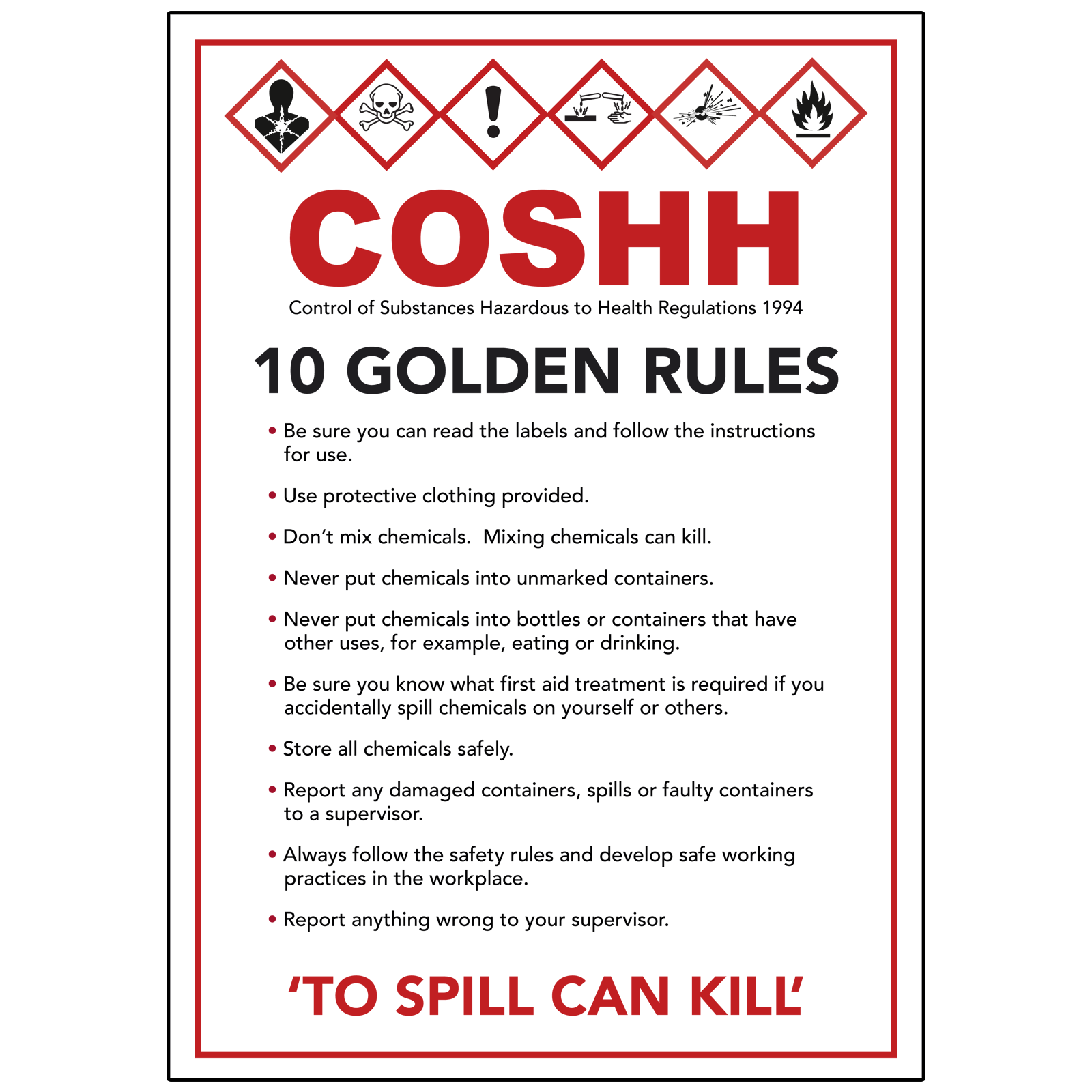
THE WHITE DOOR EMERGENCY CODE CODE
Code Grey: environmental/shelter-in-place. Code Blue: cardiac arrest/medical emergency. Code Pink: pediatric emergency and/or obstetrical emergency. Code Census: emergency department overcrowding. Code Blue: cardiac arrest/medical emergency – adult. ( March 2022) ( Learn how and when to remove this template message) Unsourced material may be challenged and removed. Please help improve this section by adding citations to reliable sources. Code purple: infant/neonatal cardiac or respiratory arrest. Code pink: pediatric cardiac or respiratory arrest, loss of consciousness. Code blue: adult cardiac or respiratory arrest, loss of consciousness. The following codes are in use in Quebec. Code white: violent/behavioural situation. Code purple: hostage taking/gang activity. Code pink: cardiac arrest/medical emergency – infant/child. Code orange CBRN: CBRN (chemical, biological, radiological, and nuclear) disaster. 
Code grey button-down: external air exclusion.Code grey: infrastructure loss or failure.Code brown: in-facility hazardous spill.Code blue: cardiac arrest/medical emergency – adult.Code black: bomb threat/suspicious object.Code amber: missing child/child abduction.In Ontario, a standard emergency response code set by the Ontario Hospital Association is used, with minor variations for some hospitals. Code grey: shelter in place/air exclusion.
 Code brown: chemical spill/hazardous material. Code blue: cardiac arrest/medical emergency. Code black: bomb threat/suspicious package. Code pink: pediatric emergency and/or obstetrical emergencyĬodes in Alberta are prescribed by Alberta Health Services. Code orange: disaster or mass casualties. Code blue: cardiac and/or respiratory arrest. Code amber: missing or abducted infant or child. Code Grey: combative person without a weaponĬanada British Columbia Ĭodes used in British Columbia, prescribed by the British Columbia Ministry of Health. Code CBR: chemical, biological or radiological contamination. Code Brown: external emergency (disaster, mass casualties etc.). Code Black Alpha: missing or abducted infant or child. Standardised color codes Australia Īustralian hospitals and other buildings are covered by Australian Standard 4083 (1997) and many are in the process of changing to those standards. Other codes, however, only signal hospital staff generally to prepare for the consequences of some external event such as a natural disaster. In order for a code call to be useful in activating the response of specific hospital personnel to a given situation, it is usually accompanied by a specific location description (e.g., "Code red, second floor, corridor three, room two-twelve"). In many American, Canadian, New Zealand and Australian hospitals, for example "code blue" indicates a patient has entered cardiac arrest, while "code red" indicates that a fire has broken out somewhere in the hospital facility.
Code brown: chemical spill/hazardous material. Code blue: cardiac arrest/medical emergency. Code black: bomb threat/suspicious package. Code pink: pediatric emergency and/or obstetrical emergencyĬodes in Alberta are prescribed by Alberta Health Services. Code orange: disaster or mass casualties. Code blue: cardiac and/or respiratory arrest. Code amber: missing or abducted infant or child. Code Grey: combative person without a weaponĬanada British Columbia Ĭodes used in British Columbia, prescribed by the British Columbia Ministry of Health. Code CBR: chemical, biological or radiological contamination. Code Brown: external emergency (disaster, mass casualties etc.). Code Black Alpha: missing or abducted infant or child. Standardised color codes Australia Īustralian hospitals and other buildings are covered by Australian Standard 4083 (1997) and many are in the process of changing to those standards. Other codes, however, only signal hospital staff generally to prepare for the consequences of some external event such as a natural disaster. In order for a code call to be useful in activating the response of specific hospital personnel to a given situation, it is usually accompanied by a specific location description (e.g., "Code red, second floor, corridor three, room two-twelve"). In many American, Canadian, New Zealand and Australian hospitals, for example "code blue" indicates a patient has entered cardiac arrest, while "code red" indicates that a fire has broken out somewhere in the hospital facility. 
Confusion over these codes has led to the proposal for and sometimes adoption of standardized codes. Hospital emergency codes have varied widely by location, even between hospitals in the same community. Such codes are sometimes posted on placards throughout the hospital or are printed on employee identification badges for ready reference. The use of codes is intended to convey essential information quickly and with minimal misunderstanding to staff while preventing stress and panic among visitors to the hospital. Hospital emergency codes are coded messages often announced over a public address system of a hospital to alert staff to various classes of on-site emergencies. episode, see Code Yellow (Agents of S.H.I.E.L.D.). For the SpongeBob SquarePants episode, see Code Yellow (SpongeBob SquarePants).







 0 kommentar(er)
0 kommentar(er)
